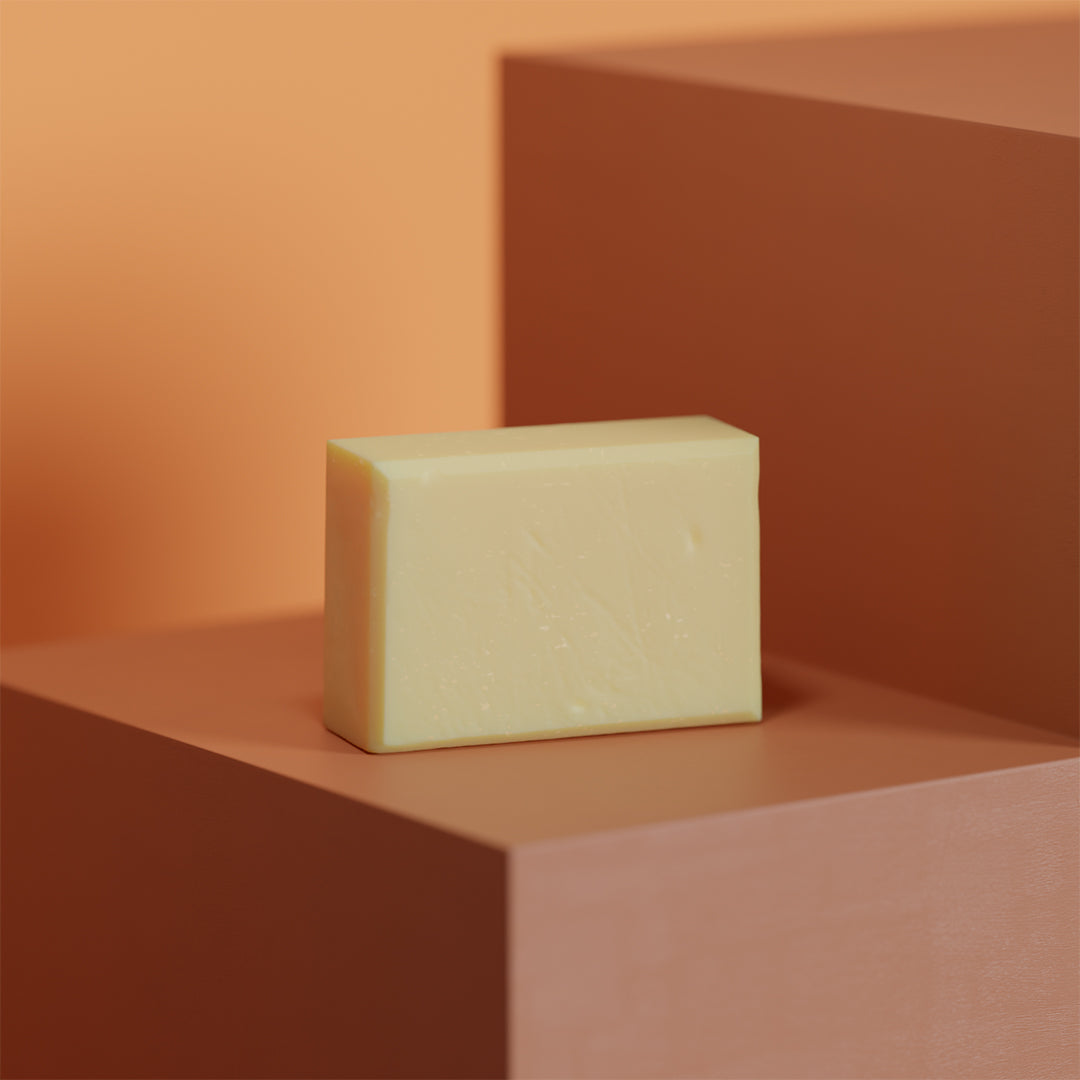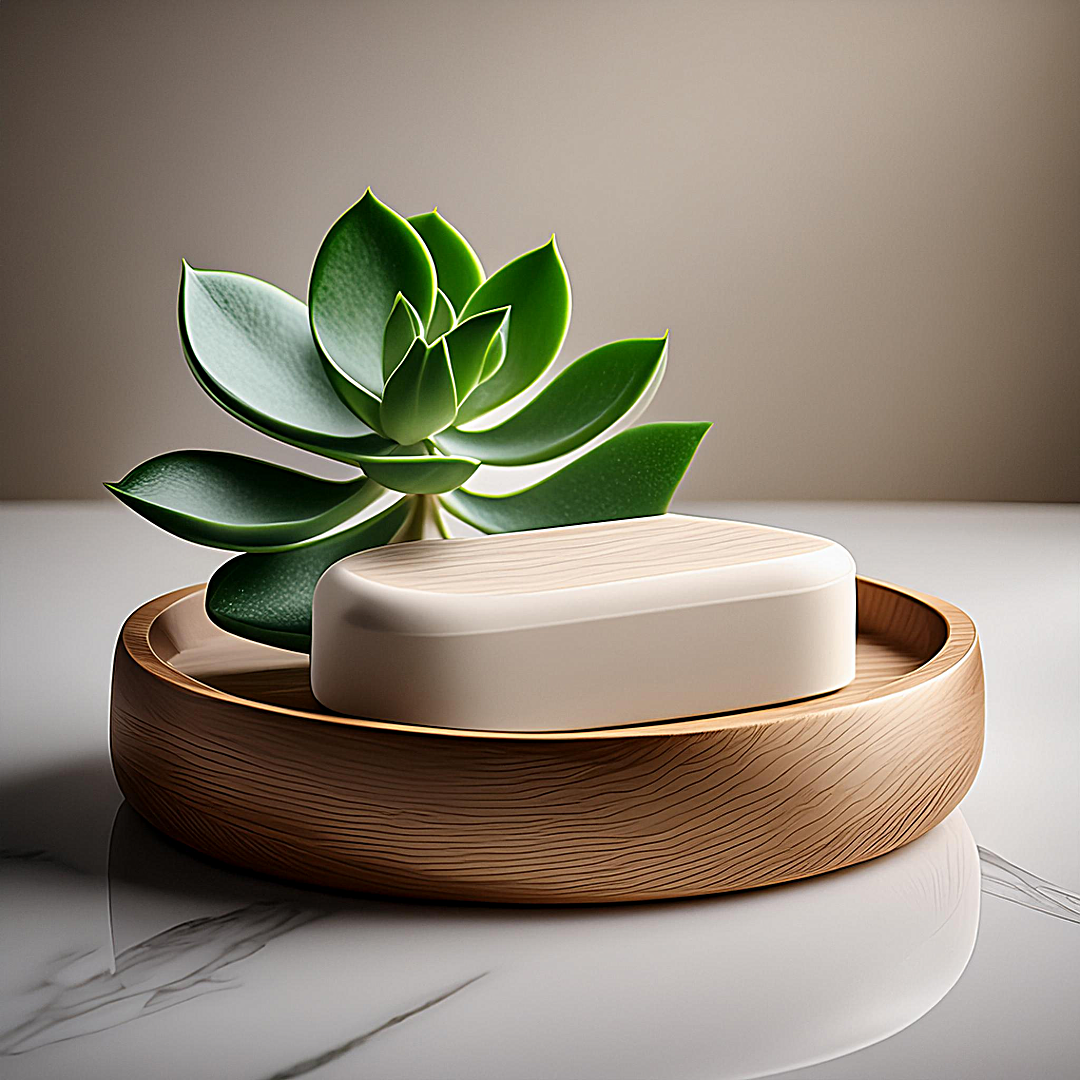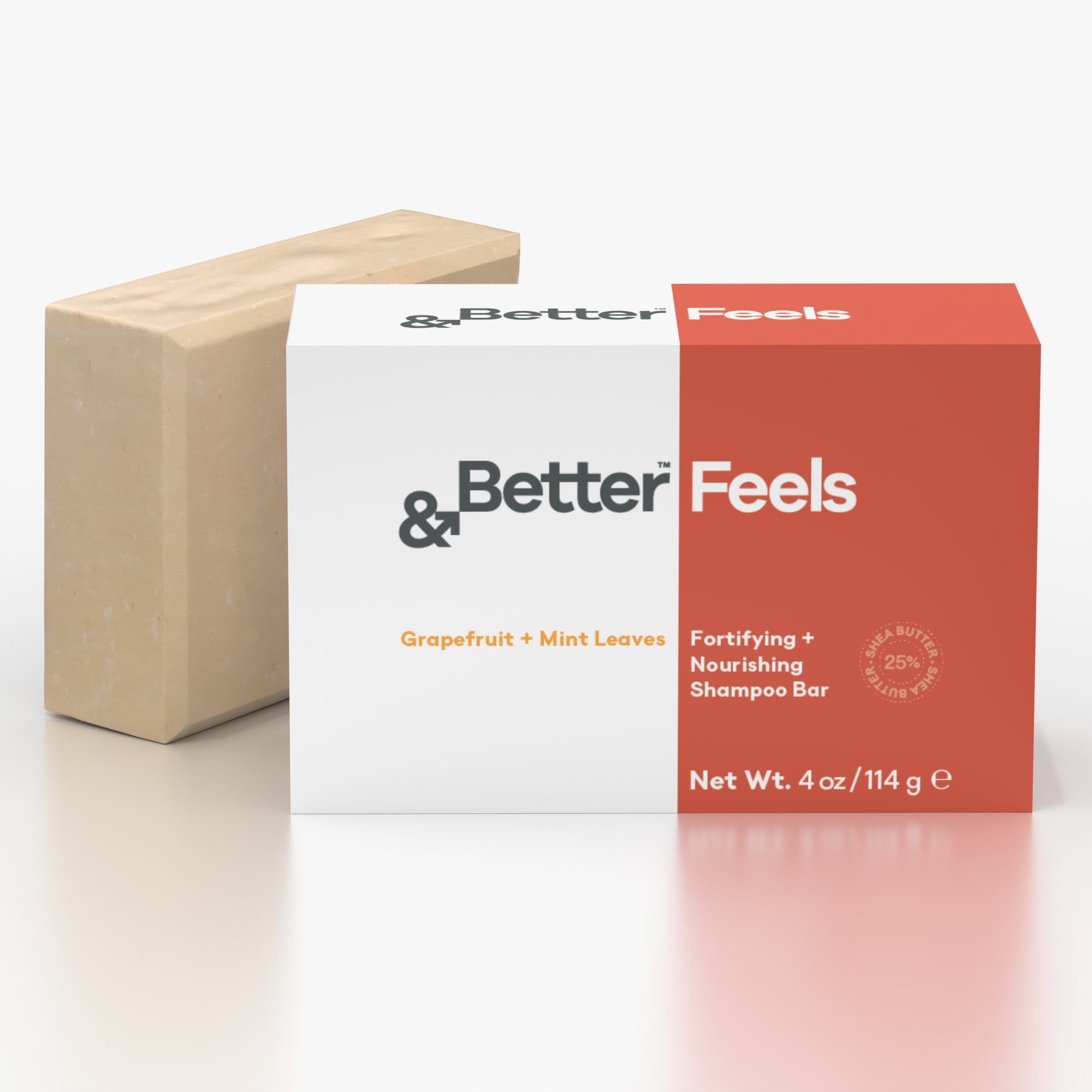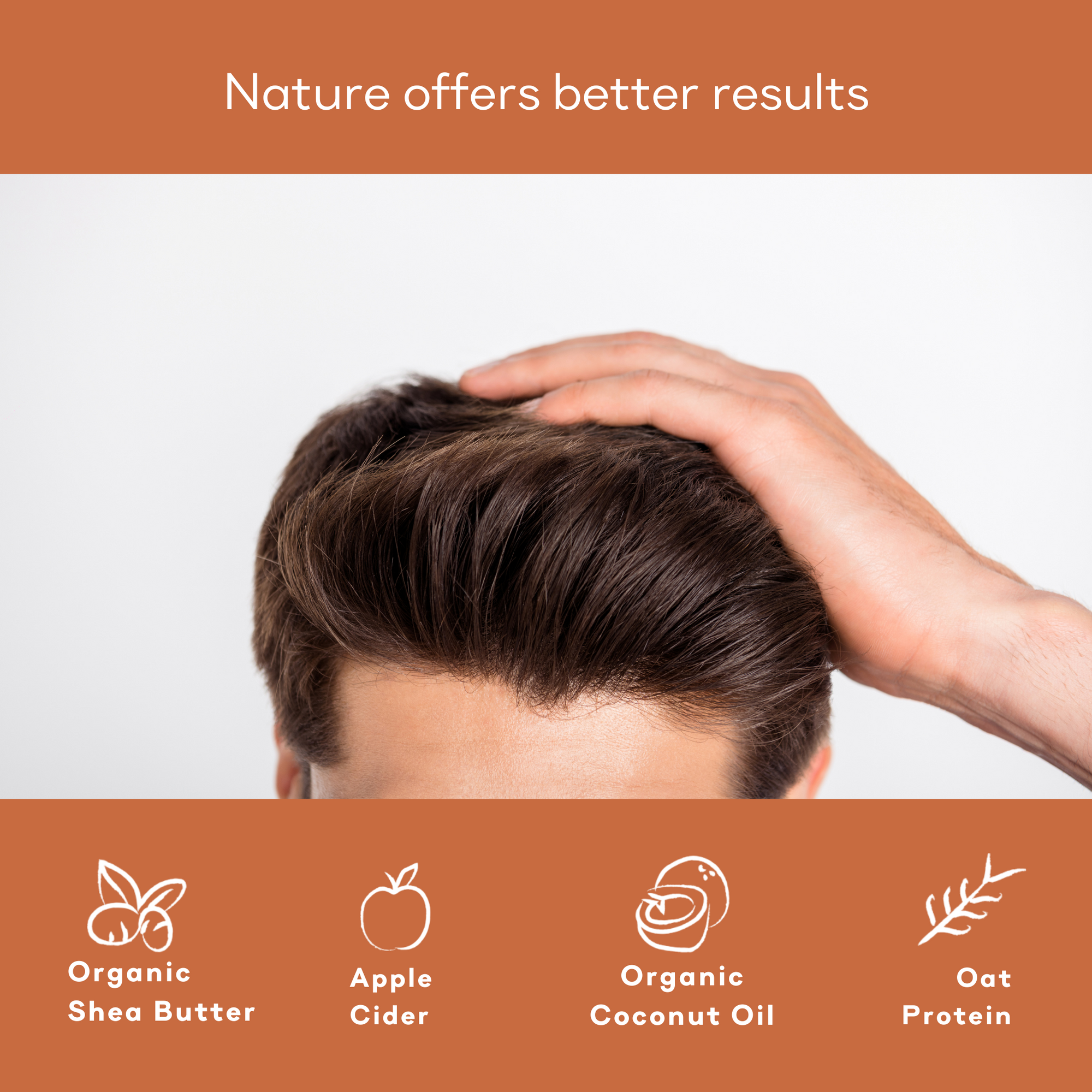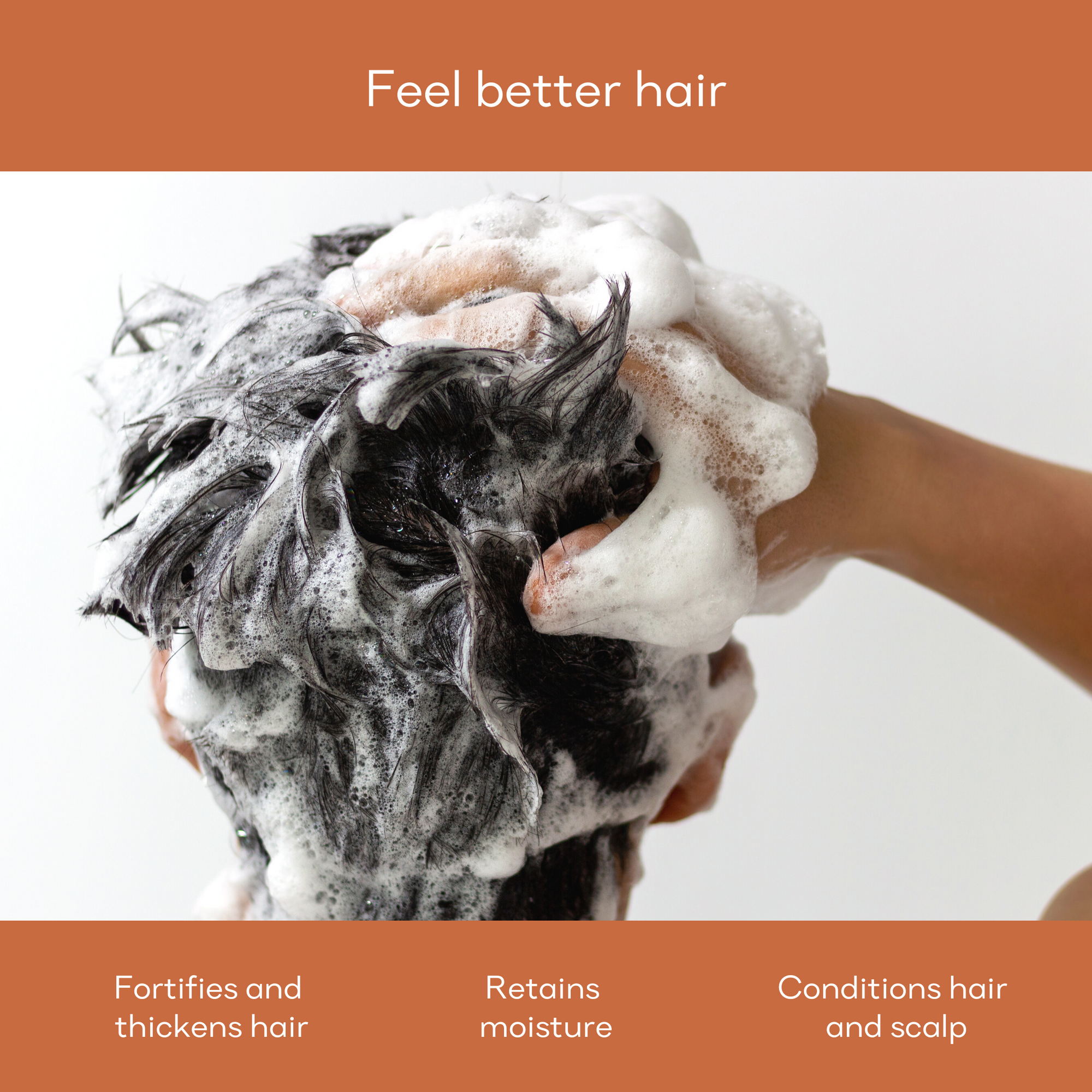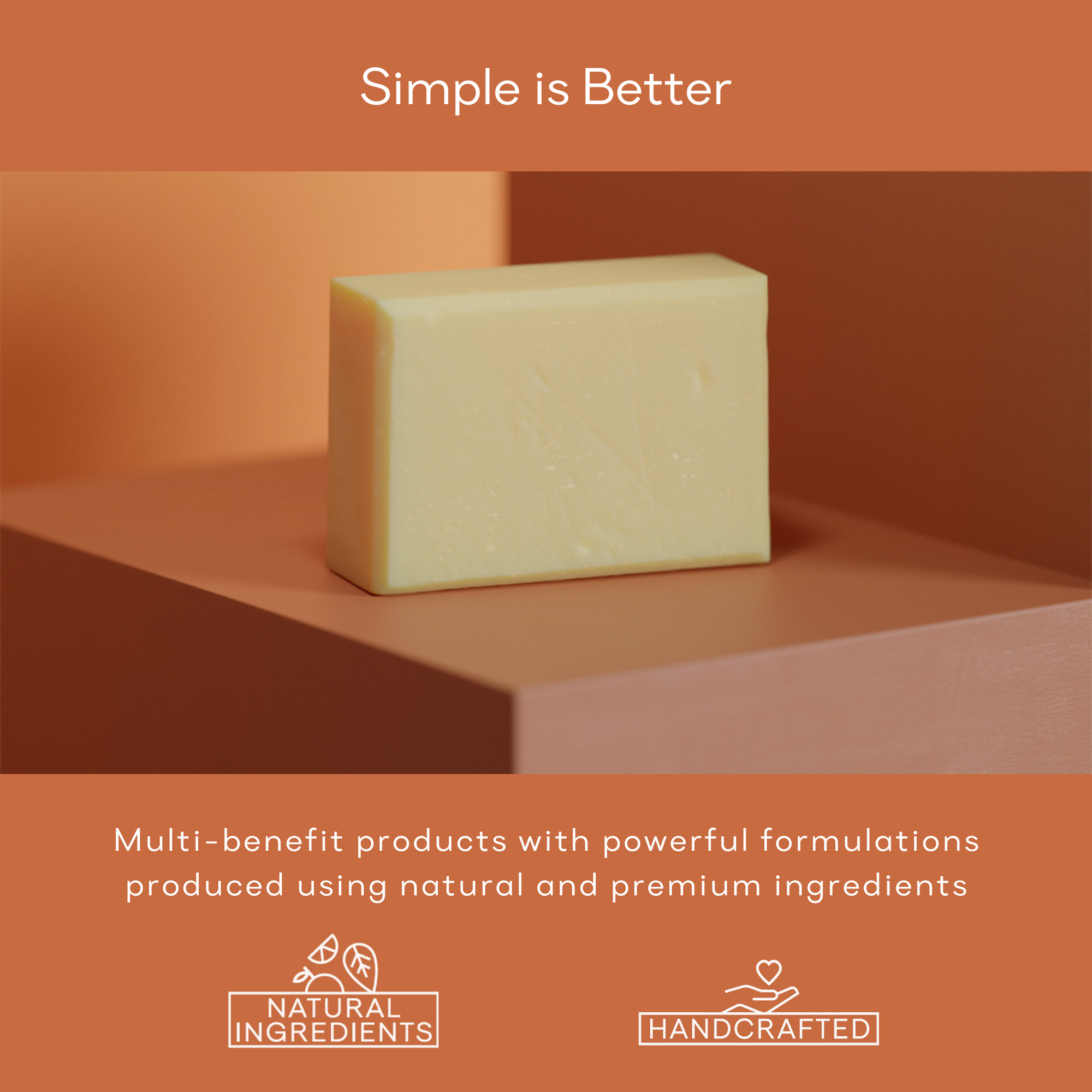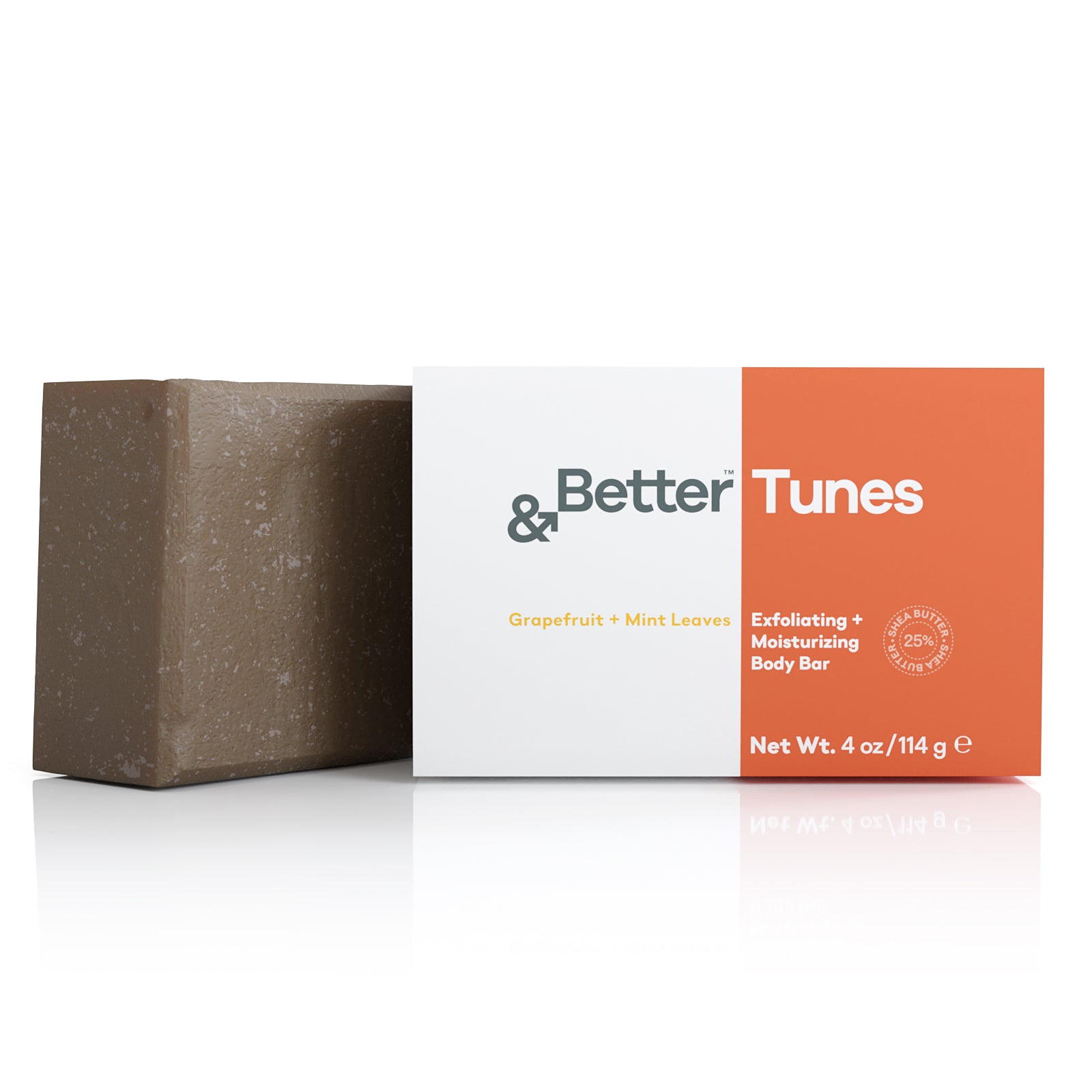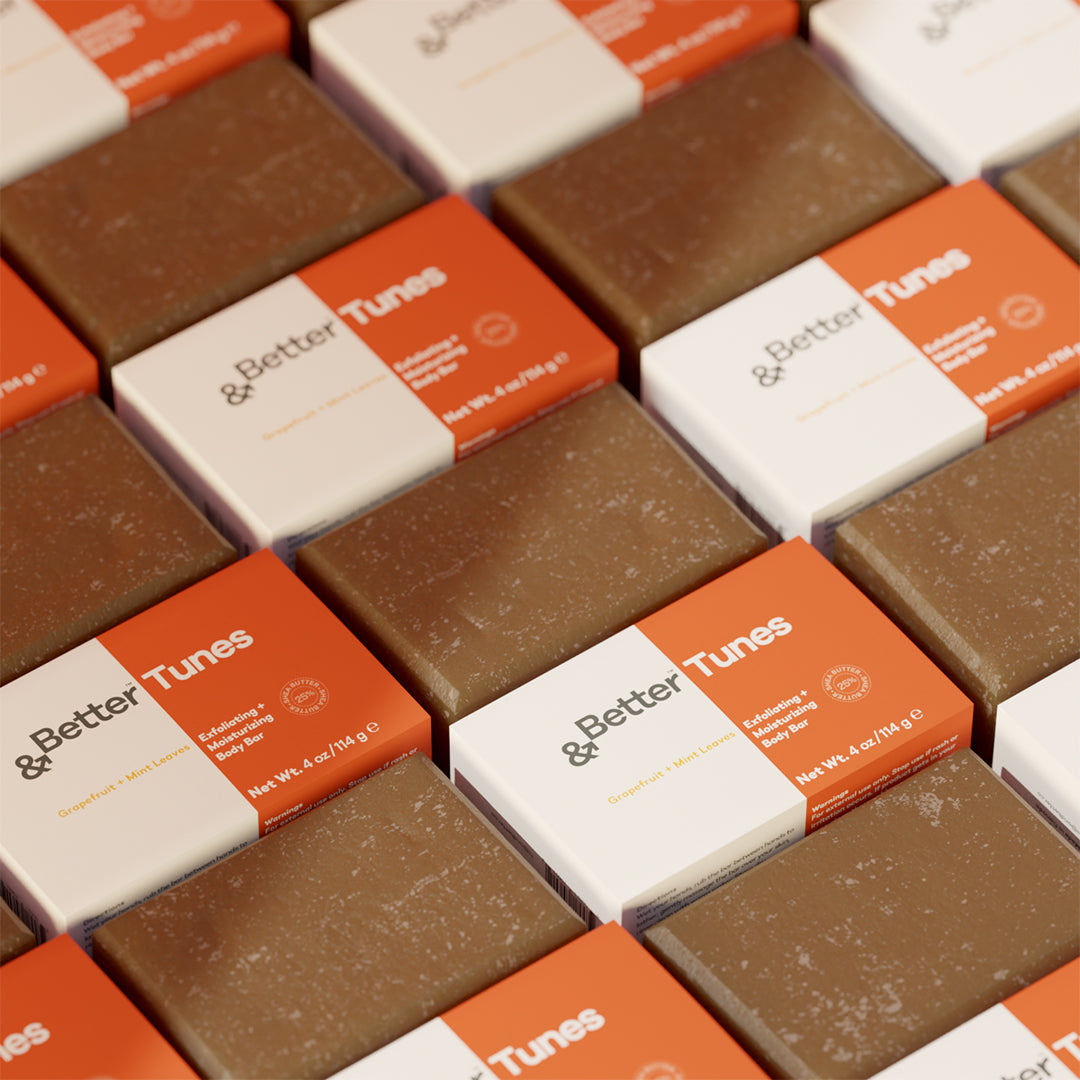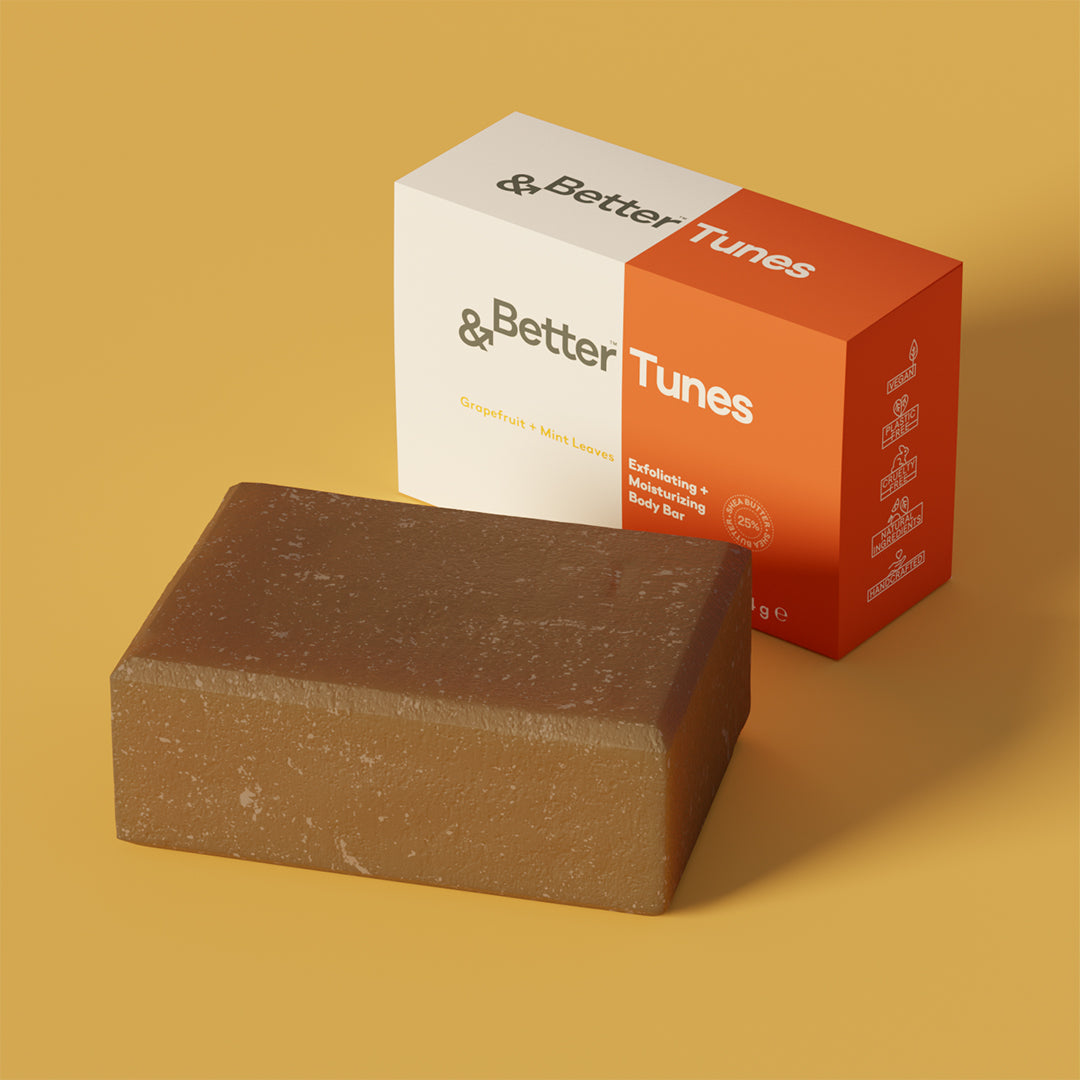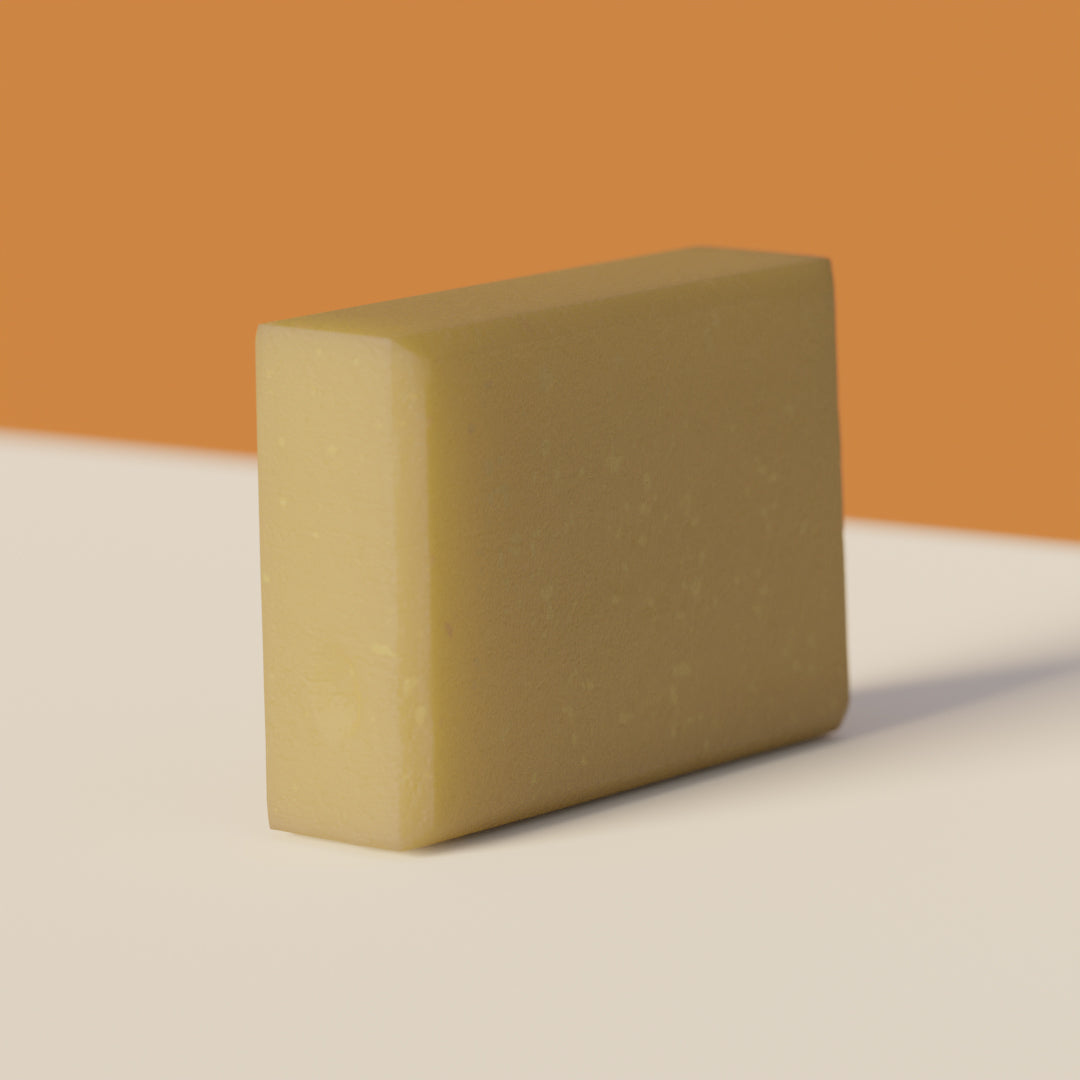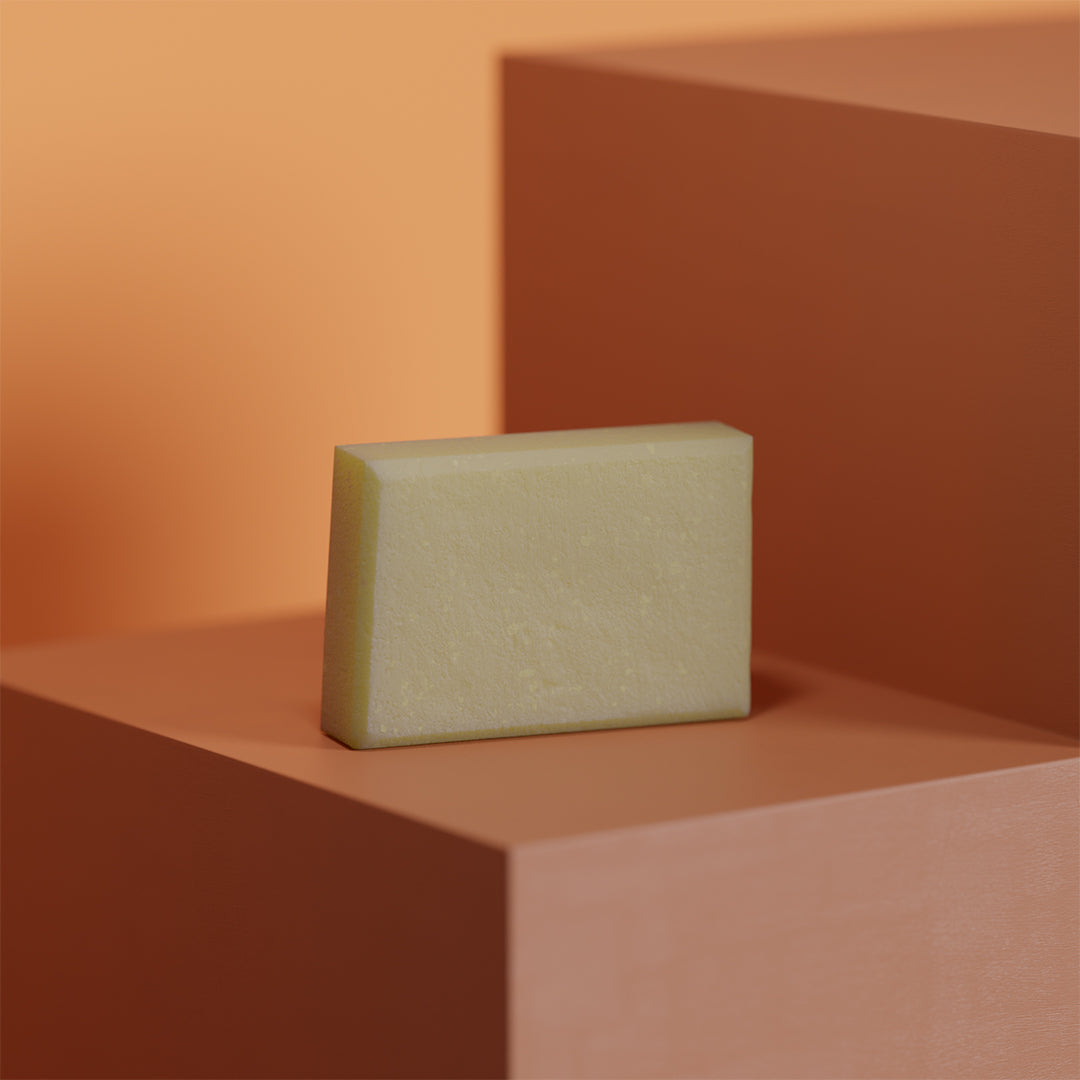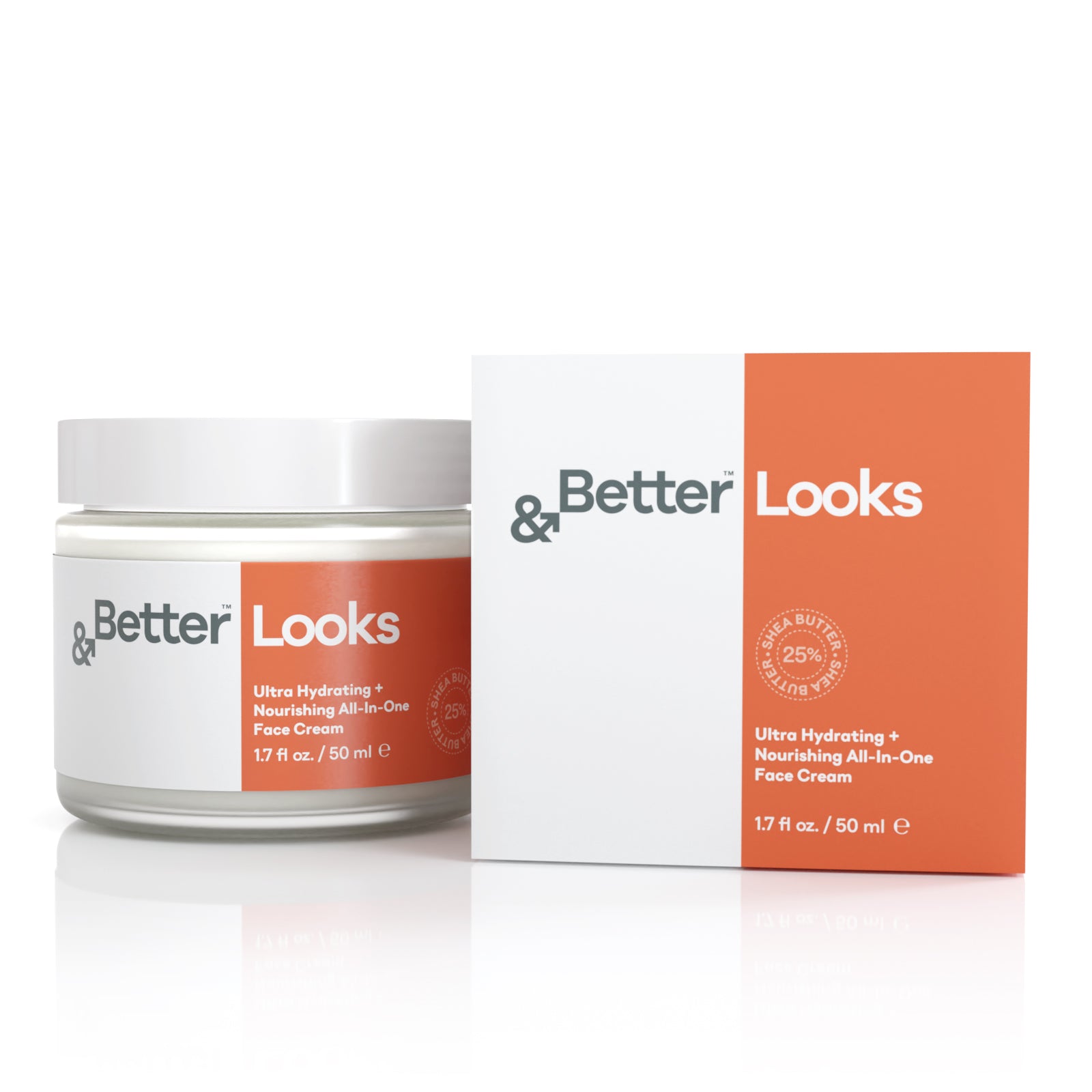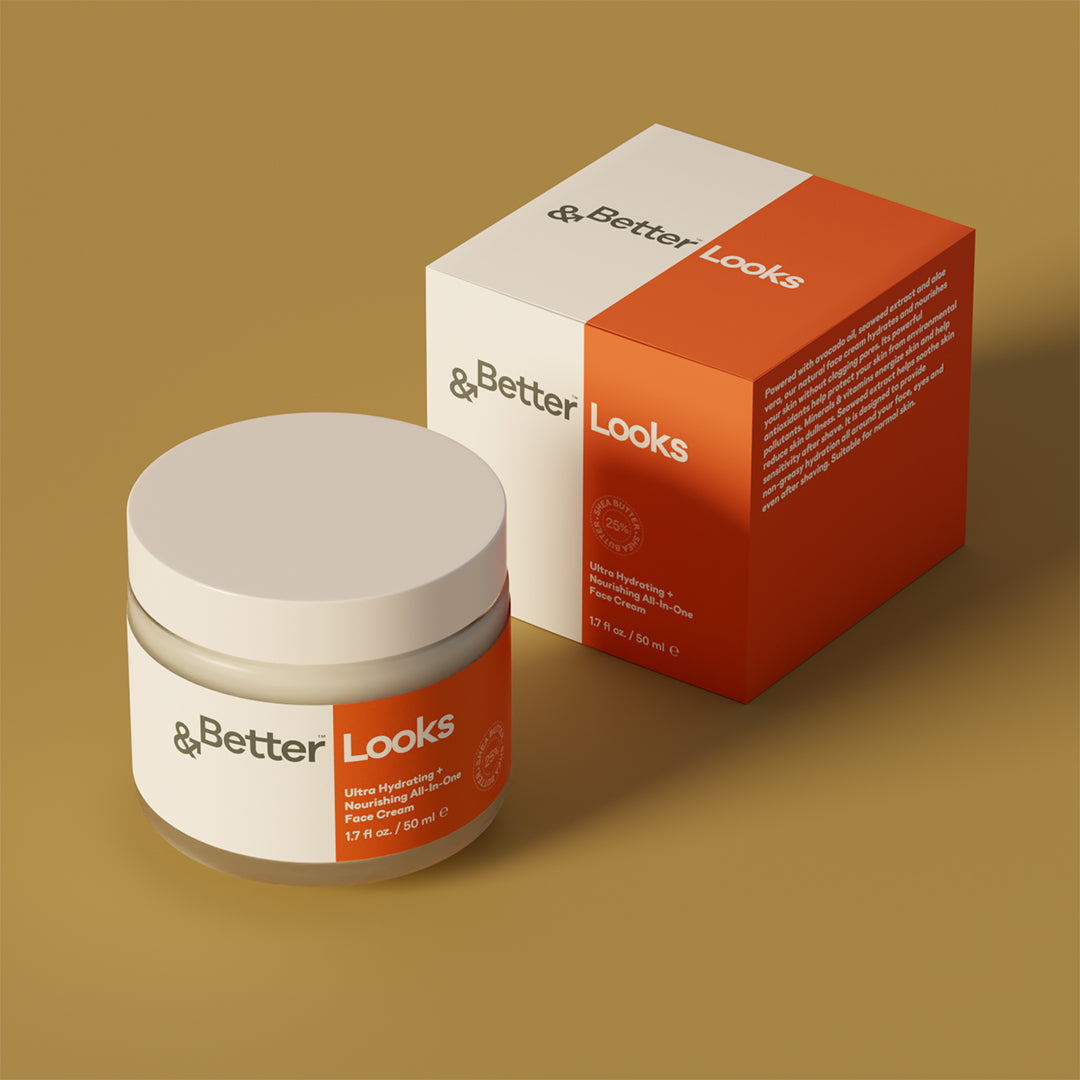It's tough for anyone to navigate the world of cosmetics and personal care. It's full of confusing marketing and big claims that often don't tell the whole truth.
While chatting with folks at the Boston Open Market and up in Canada, our product leader, Gifty Serbeh-Dunn, and our CEO, Ercan Ceivz, found that many customers felt confused and even being fooled about what a good shampoo bar should be. They didn't know the widespread existence or understand the downsides of syndet bars, which are often promoted as natural and good for you.
So, we want to clear things up. This is your guide to understanding the real deal about syndet bars and why all-natural soap with superfatting soap making might be a better choice for you.
Unmasking the truth about syndet bars vs. all-natural bars
As you browse the shelves for shampoo bars, it's easy to get lost in the sea of products claiming to be high-quality shampoo bars. But here's a little secret: many of these so-called "shampoo" bars are actually synthetic detergent bars, short for syndet bars, which are far from being genuinely natural. So, what sets syndet bars apart from their all-natural counterparts? And why should you care? Let's dive into the differences and unveil the truth about these mysterious soap imposters.
Syndet bars, unlike all-natural soap bars, are crafted using a mix of chemicals and synthetic ingredients. While they might promise a luxurious lather and dirt-busting power, they often strip away your skin's natural oils, leaving you with that dreaded dry, itchy feeling. Research has shown the syndet bars tend to negatively affect your skin. What's more, these synthetic concoctions can harm our environment, as they contain non-biodegradable compounds that linger long after they've gone down the drain. Most cheap shampoo bars in the market are actually syndet bars. One research talks about harmful impact of synthetic detergent on environment. It will pass into water and soil, harming the growth of plants, and it will even put risk to natural ecosystems.
Now, let's talk about the soap-making process for syndet bars. As they're made, there's a chance that traces of lye, a key component in soap production, remain on the finished product. This leftover lye can wreak havoc on your skin, causing irritation, redness, and even burns in some cases.
Here's the twist: lye is an essential ingredient in soap-making, but it can be harmful. This conundrum leads some syndet bars to either carry the risk of lye residue or opt for other additives and chemicals to replace it. This is why some brilliant soap makers coming up with new methods of “superfatting” to deal with risks of lye in syndet bars.
The contradictory side of lye
You may have come across stories recounting the horrors of lye and the potential harm it can cause to your skin and body. Lye, a strong alkaline substance, can lead to skin irritation, redness, and itching upon direct contact. Inhaling lye fumes can irritate the respiratory system, resulting in coughing.
However, lye is crucial in the soap-making process.Without lye, there will be no soaps. Lye is added to vegetable oils and animal fats, causing a chemical reaction known as saponification.
After completing the soap-making process, ideally, there is no lye in the finished product.The final product of soap shouldn’t contain any lye.
To make sure no lye remains in the final product, it's important to use precise calculations during soap production to determine the proper amount of lye. This is hard, and some beauty bars and detergents might still contain lye.
To counteract the caustic nature of lye in its original form, superfatting is a better way to deal with lye, which also creates luxurious and conditioning properties.
Superfatting, a better way to deal with lye
Dealing with lye in the soap-making process can be challenging, but there's a better way to ensure that your soap is gentle on the skin and free of lye residue: superfatting. This innovative technique involves using less lye than industry standards, or increasing the amount of fat in the soap.It keeps extra fats and oils in the soap, creating "superfat."
By superfatting soap, soap makers ensure that there is no leftover lye in the finished product. This excess oil not only offers moisturizing and emollient properties but also acts as a safety buffer, reducing the chances of creating a lye-heavy soap. In essence, superfatting offers a more skin-friendly, reliable, and efficient solution to deal with lye concerns in soap making.
Benefits of superfatting in soap
Superfatting Equals Moisturizing Magic
Picture this. You wash with a soap bar and your skin feels tight, almost itchy. That's the story with many syndet soap bars. During their creation, lye gobbles up all the oils, leaving no love for your skin. But the superhero of our story, superfatting, swoops in to save the day.
Superfatting is like a secret recipe. It's about adding more oil into the soap than necessary. This oil sticks around in the soap. When you wash, it spreads out on your skin like a soothing blanket. It hydrates your skin and keeps it from drying out. This is perfect for those of us who struggle with dry skin, or simply desire a soap that makes skin feel pampered.
The Luxurious Lather
Have you ever pondered why some soaps foam more than others?
Superfatting holds the answer. That extra oil we talked about does double duty. Besides moisturizing, it also traps air to make a sea of bubbles. This results in a rich, creamy lather that adds a touch of luxury to your everyday shower routine. Superfatting creates the kind of soap that makes bath time a lot more fun.
Save Water
We all know how precious water is. In the process of making syndet soap bars, loads of water gets used up. However, superfatting steps up here as well. By adding more fats and oils, we reduce the need for water. It's a way to care for your skin and our planet at the same time. The result? A water-smart soap that you can feel good about using.
No chemical addictives
Let's face it, many soaps and skin products are stuffed with synthetic additives. These are often harsh on our skin and even harsher on the environment. Superfatting offers a way out. It uses more natural oil in the soap. This means we can skip those unkind additives.
Using more natural ingredients, superfatted soap ends up being kinder to your skin. There's less chance of it causing unwanted reactions like rashes or breakouts. Moreover, these soaps are more gentle to the Earth. Being biodegradable, they don't pollute the environment or harm wildlife.
Why Superfatting Soaps seem expensive?
Making superfatting soaps comes at a cost, but it's a cost worth paying. These soaps use better quality oils, which can be pricier. So, yes, superfatting soaps might leave a little bigger dent in your wallet compared to regular syndet bars.
But let's think about what you get for that. You're buying a bar that hydrates your skin, giving it a smooth feel. You get a luxurious, creamy lather every time you shower. By using less water in production, these soaps are kinder to our planet. And they avoid synthetic additives, favoring natural oils instead.
When you look at it this way, it's clear: every cent spent on superfatting soaps is an investment in your skin's health, in indulgent bath times, and in our Earth's future. Now, isn't that a purchase worth making?
How to find real all natural soap with superfatting
Knowing how to separate syndet bars from all-natural soap bars is essential. There are so many soap bars in the market claiming they are good for your hairs, but actually they are just syndet bars.It might sound tricky, but there are signs to guide you.
Check the Ingredients List
The fastest way is to read the ingredients list. All-natural bars only use natural stuff. Think oils like olive or coconut. Think butters like shea or cocoa. And add to the mix essential oils, herbs, and natural colors. You'll also spot lye on the list. But don't worry. If the soap is made right, all the lye gets used up in the soap-making process.
Syndet bars are different. They use synthetic ingredients. Look for names like Sodium Lauryl Sulfate (SLS) and Parabens. These are chemical extras you'll usually find in syndet bars. If you are interested in this, check more on this blog.
Feel the Effect on Your Skin
How the soap feels on your skin is another clue. Syndet bars often take away the skin's natural oils. This can leave your skin feeling dry and tight. But all-natural soap, especially superfatted soap, tends to make your skin feel hydrated and cared for.
Check the Brand's Transparency
Brands selling all-natural bars take pride in their ingredients. They often advertise their soaps as all-natural, handmade, and free of synthetic extras. If a brand isn't clear about what kind of soap they're selling, it's probably a syndet bar. So keep your eyes peeled, and make sure you know what you're buying!
&Better: Authentic choice for superfatted and cold-processed bars
At &Better, we provide superfatted soaps to bring more nutritions to you and better care to environment. Moreover, to retain more nutrition for your hair and skin, &Better also use cold-processed soap making. Check out to read more about &Better’s commitment to cold-processed soap making.
Our choice at &Better - the cold process - offers a more hands-on and, dare we say, artistic experience. Here, we gently blend natural oils and lye at low temperatures, allowing all the beneficial properties to remain intact. The outcome is a soap that’s kinder to your skin, more moisturizing, and softer to the touch.
Choosing &Better's cold-processed soaps also means choosing to be kinder to the environment. This method requires less energy compared to the hot process, reducing the use of fossil fuels and the release of greenhouse gases. Plus, our use of natural, biodegradable ingredients, and reusable and recyclable materials, minimizes our environmental footprint.
So, there you have it. &Better's bars are superfatted and cold-processed, designed with love, and committed to your skin's health and our planet's wellbeing.We offer shampoo bars, face bars, and body scrub bars.Join us in a better world.


